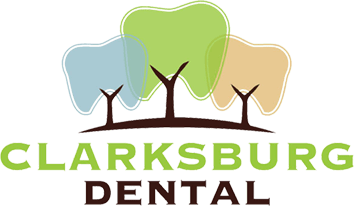Adults need a minimum of 7 hours of sleep every night to function properly throughout the day.
Sadly, most people are unable to get a proper full night’s rest. Restless sleep can lead to major health conditions like obesity, depression, heart disease, etc.
Sleep Apnea could be one of the major reasons you might not be getting a complete night’s rest. This is a condition where your breathing starts and stops suddenly in the middle of sleeping.
Thankfully, there are multiple treatments for sleep apnea that can help you get a good night’s sleep.

Sleep apnea is a sleep disorder that causes repeated interruptions in breathing during sleep. These interruptions, called apneas, usually last about a few seconds to a minute. They can occur multiple times throughout the night, disrupting sleep and leading to poor sleep quality.
Continuous Positive Airway Pressure (CPAP) therapy is one of the most common and effective treatments for sleep apnea. It involves using a CPAP machine, which delivers a constant stream of air through a mask worn over the nose or mouth during sleep. This steady airflow helps keep the airways open, preventing the pauses in breathing that characterize sleep apnea.
Bilevel Positive Airway Pressure (BiPAP) therapy is another effective treatment for sleep apnea.
BiPAP machines provide two levels of air pressure: a higher pressure when the patient inhales (inspiratory positive airway pressure or IPAP) and a lower pressure when the patient exhales (expiratory positive airway pressure or EPAP).
The varying pressures in BiPAP therapy can make it more comfortable for patients who struggle with the constant pressure of CPAP, particularly those who experience difficulty exhaling.
Unlike CPAP and BiPAP machines, which use fixed pressure settings, Automatic Positive Airway Pressure (APAP) therapy adjusts the air pressure delivered to the patient in real-time by monitoring the patient’s breathing patterns.
This useful adjustment allows the patient to receive an optimal amount of pressure throughout the night, providing a more personalized and comfortable treatment experience.
Oral appliances, or Mandibular Advancement Devices (MADs), are specifically designed to treat obstructive sleep apnea (OSA) and snoring.
Oral devices resemble mouthguards or orthodontic retainers and are worn in the mouth during sleep. MADs work by positioning the lower jaw (mandible) slightly forward, which helps to keep the airway open and reduce the frequency and severity of apneas.
While medical treatments such as CPAP, BiPAP, and oral appliances are effective, incorporating lifestyle changes is crucial for managing and potentially alleviating sleep apnea symptoms.
Lifestyle modifications, such as weight loss, regular exercise, a healthy diet, and avoiding bad habits like alcohol and smoking, can help reduce the severity and frequency of apnea events.
They can also improve your overall health and quality of life by addressing the underlying factors that contribute to sleep apnea.
Positional therapy can also be used as an effective treatment for sleep apnea. By using different positional sleeping aids, this treatment renders the person suffering from sleep apnea unable to sleep on their back, maintaining a comfortable side position to keep the airways open.
Positional therapy options commonly include:
Special Pillows: Designed to maintain side sleeping by providing support and comfort in the lateral position.
Backpacks & Waist Belts: Containing soft but firm materials that make sleeping on the back uncomfortable
Vibrating Devices: Devices that detect when the person is lying on their back and emit gentle vibrations to prompt them to change positions.
Sleep Training: Where patients can be trained to adopt side-sleeping through repeated practice and reinforcement.
Surgery can be considered an effective treatment for sleep apnea when other non-surgical interventions, such as CPAP therapy, oral appliances, or positional therapy, have been ineffective or are not suitable.
Healthcare providers may also recommend surgical interventions for sleep apnea if the patient is suffering from this condition, mainly due to anatomical issues such as a deviated septum or for extremely severe cases.
Some common surgical procedures for sleep apnea include:
Uvulopalatopharyngoplasty (UPPP): Removes excess tissue from the soft palate and uvula to widen the airway at the back of the throat.
Genioglossus Advancement: Where part of the lower jaw, which is attached to the tongue, is moved forward.
Hyoid Suspension: Where the hyoid bone, which supports the tongue, is repositioned forward to create more space in the airway and prevent collapse.
Maxillomandibular Advancement (MMA): Repositions the upper and lower jaws forward to enlarge the airway. MMA is often reserved for severe cases of sleep apnea.
Inspire Therapy, also known as Hypoglossal Nerve Stimulation, is an innovative treatment for sleep apnea. The Inspire device works by delivering mild stimulation to your hypoglossal nerve. This nerve controls the movement of your tongue and other muscles involved in airway patency during sleep.
Nasal congestion can be a significant contributor to sleep apnea by narrowing the upper airway and increasing resistance to airflow during sleep. Addressing nasal congestion can enhance the effectiveness of other treatments for sleep apnea by improving airflow and reducing airway resistance.
Over-the-Counter (OTC) decongestants, such as pseudoephedrine (Sudafed) or phenylephrine, prescription nasal sprays, and antihistamines, are some common treatments that can be used to reduce airway resistance and improve nasal flow.
Oxygen therapy can be a great treatment option for sleep apnea. By improving oxygenation levels during sleep, supplemental oxygen therapy can help reduce the severity of apnea events and improve overall health outcomes.
Oxygen therapy may be combined with other sleep apnea treatments, such as CPAP or bilevel-positive airway pressure (BiPAP), to improve treatment outcomes.
Alternative therapies such as acupuncture and chiropractic care have been explored as potential treatments for sleep apnea, offering alternative approaches to traditional medical interventions.
Acupuncture is said to improve sleep quality by promoting relaxation, reducing stress, and potentially affecting the nervous system’s regulation of breathing patterns. In cases where sleep apnea is related to structural issues or misalignment affecting the upper airway, chiropractic adjustments may theoretically help reduce airway obstruction during sleep.
Note: While alternative therapies may offer potential benefits for sleep apnea management, it is crucial to consult healthcare providers before pursuing any treatment options.
Managing sleep apnea effectively requires a tailored approach that considers individual needs, preferences, and the specific characteristics of the condition.
Each individual’s experience with sleep apnea varies, and the effectiveness of treatment for sleep apnea can depend on factors such as the type and severity of apnea, overall health, and lifestyle.
Make sure to consult a healthcare professional for the right diagnosis and tailored treatment approach for your sleep apnea.
Find out the best treatment option for your sleep apnea at Clarksburg Dental Center in Germantown MD.
Contact us today by calling (301) 245-2217 or scheduling an appointment with our office.



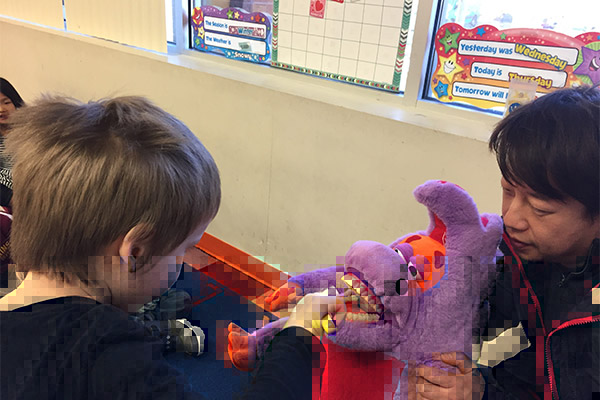








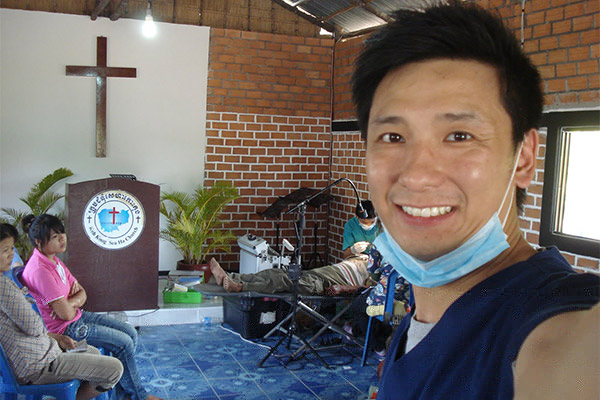
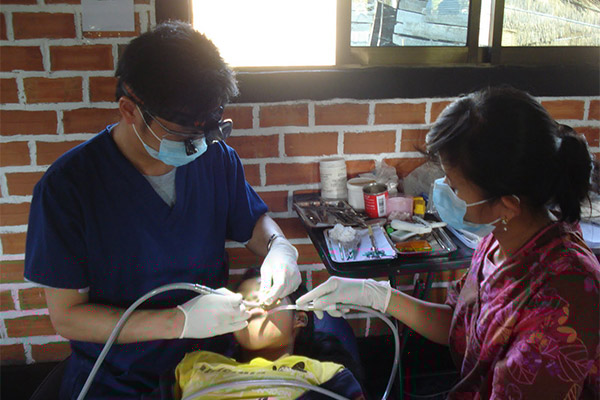





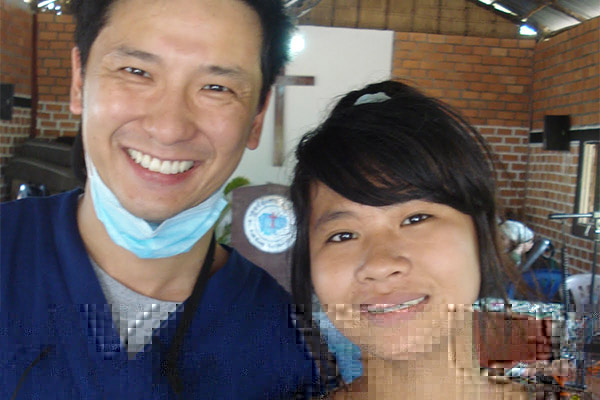
Use keywords in the search box below to find what you're looking for.
